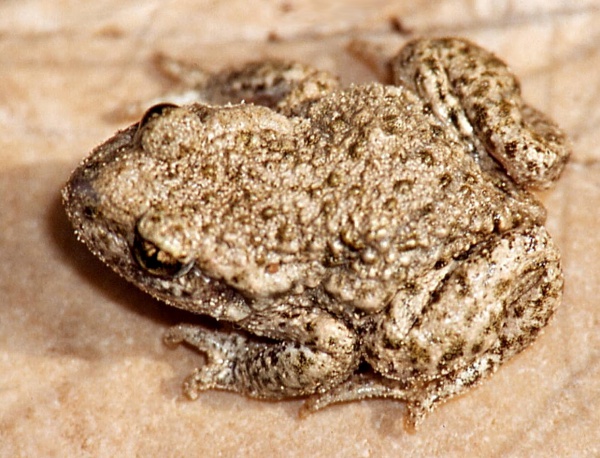Facts About Olive Midwife Toad
The common midwife toad, a captivating member of the midwife frog family (Alytidae), is found across various European countries, including Belgium, France, Germany, Luxembourg, the Netherlands, Portugal, Spain, Switzerland, and the United Kingdom. This species is distinguished by its unique reproductive behavior: the male toad carries the eggs on his back and thighs until they hatch.
These toads thrive in a wide range of habitats. They inhabit temperate and dry forests, shrublands, areas near rivers, freshwater lakes, marshes, deserts, farmlands, pastures, and even urban environments. Unfortunately, they are increasingly threatened by habitat loss.
In terms of appearance, the common midwife toad can grow up to 5.5 centimeters in length, with females generally being larger than males. They have a robust body, a large head with prominent eyes, and smooth skin adorned with warts and granules. Their coloration varies, aiding in camouflage within their surroundings. These toads are found in various regions and altitudes across northwestern Europe. They are mostly active during dusk and night and hibernate through the winter.
When threatened, these toads employ a unique defense mechanism: they inflate their bodies and adopt a menacing posture to deter predators. Reproduction takes place in the spring and summer. Remarkably, the males assume the responsibility of carrying and protecting the eggs, sometimes managing multiple clutches at once. This behavior not only shields the eggs from infection but also ensures their survival until they hatch.
The common midwife toad also holds a special place in the history of biology and science. In Arthur Koestler's 1971 book, "The Case of the Midwife Toad" the species is central to discussions on scientific paradigms. The book explores the controversial experiments of Paul Kammerer, who claimed to have demonstrated Lamarckian inheritance using the midwife toad, sparking significant debate within the scientific community.

 Switzerland
Switzerland